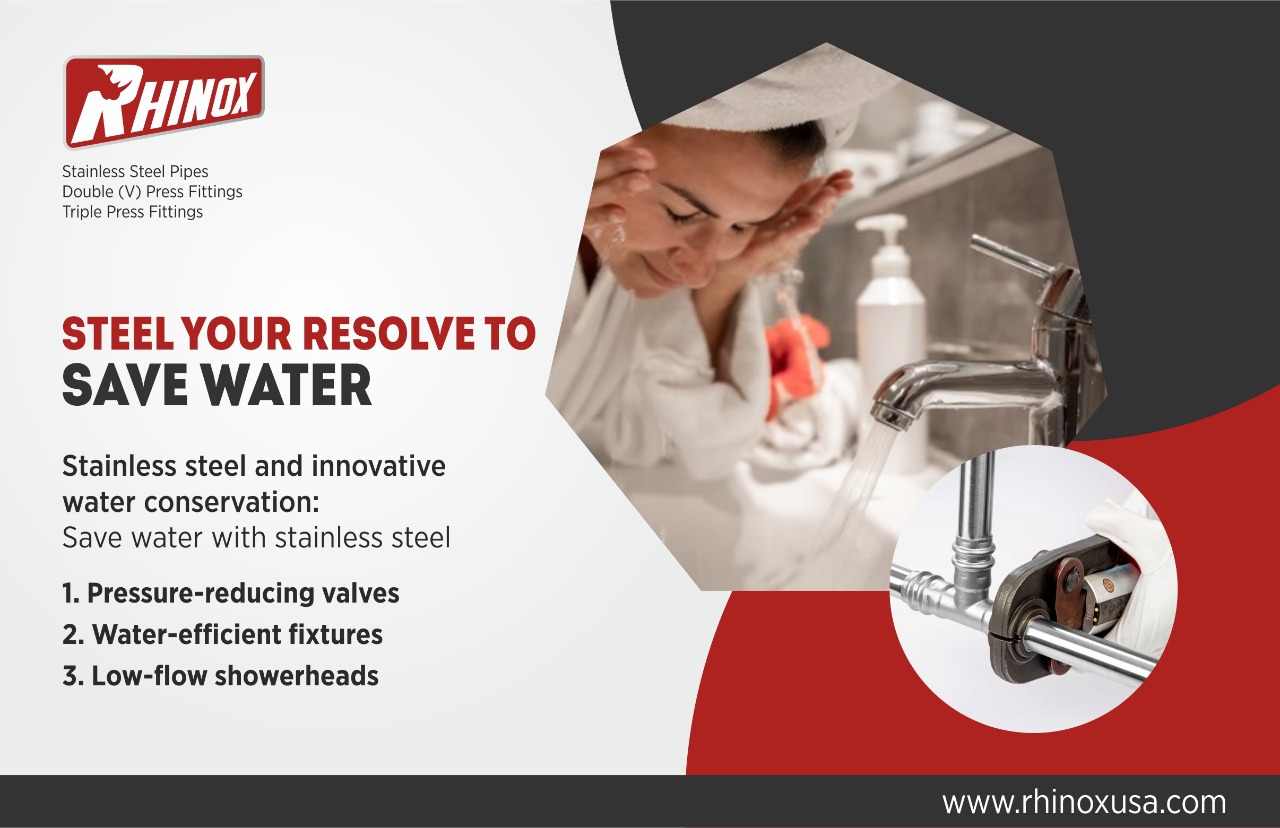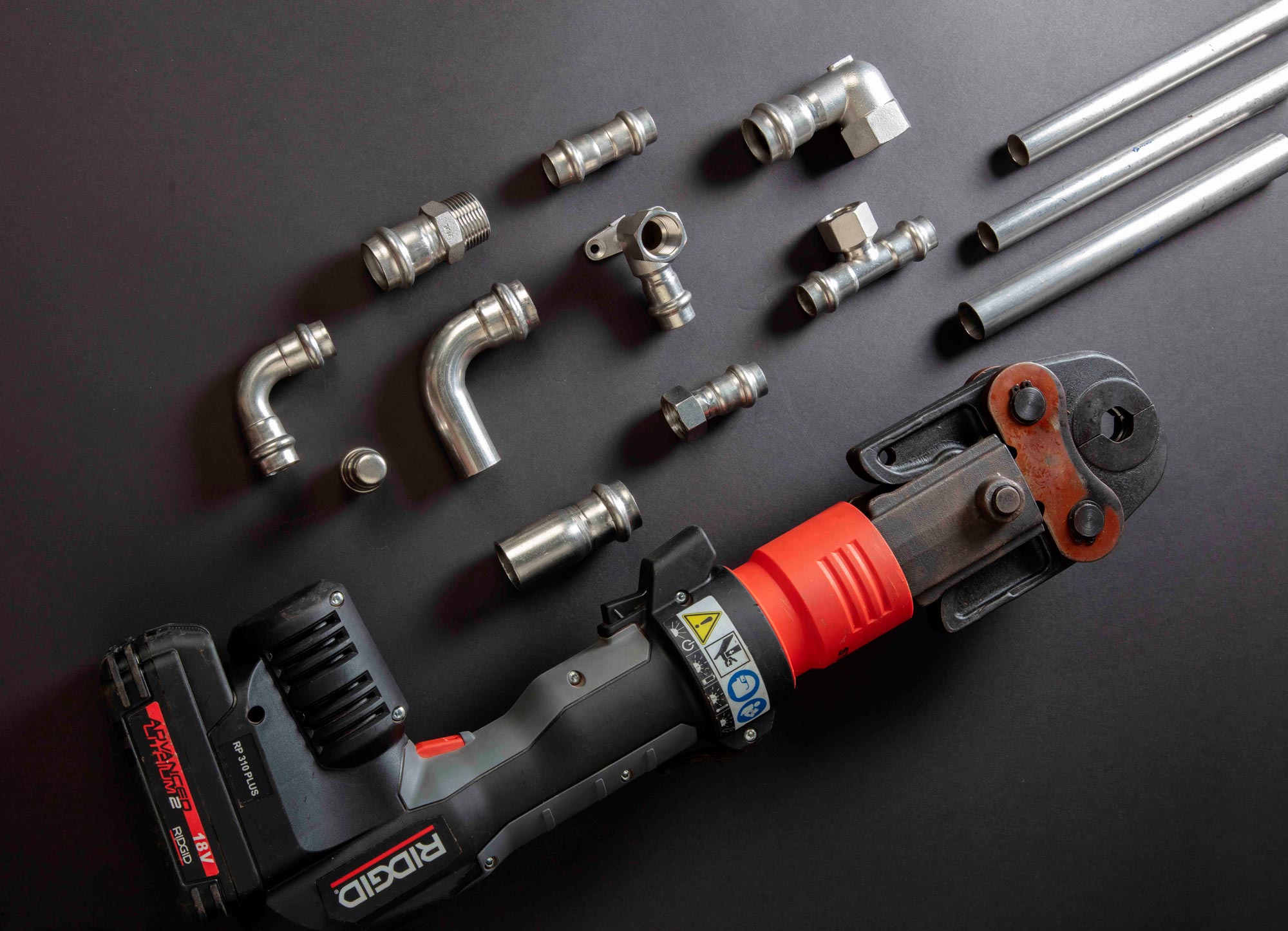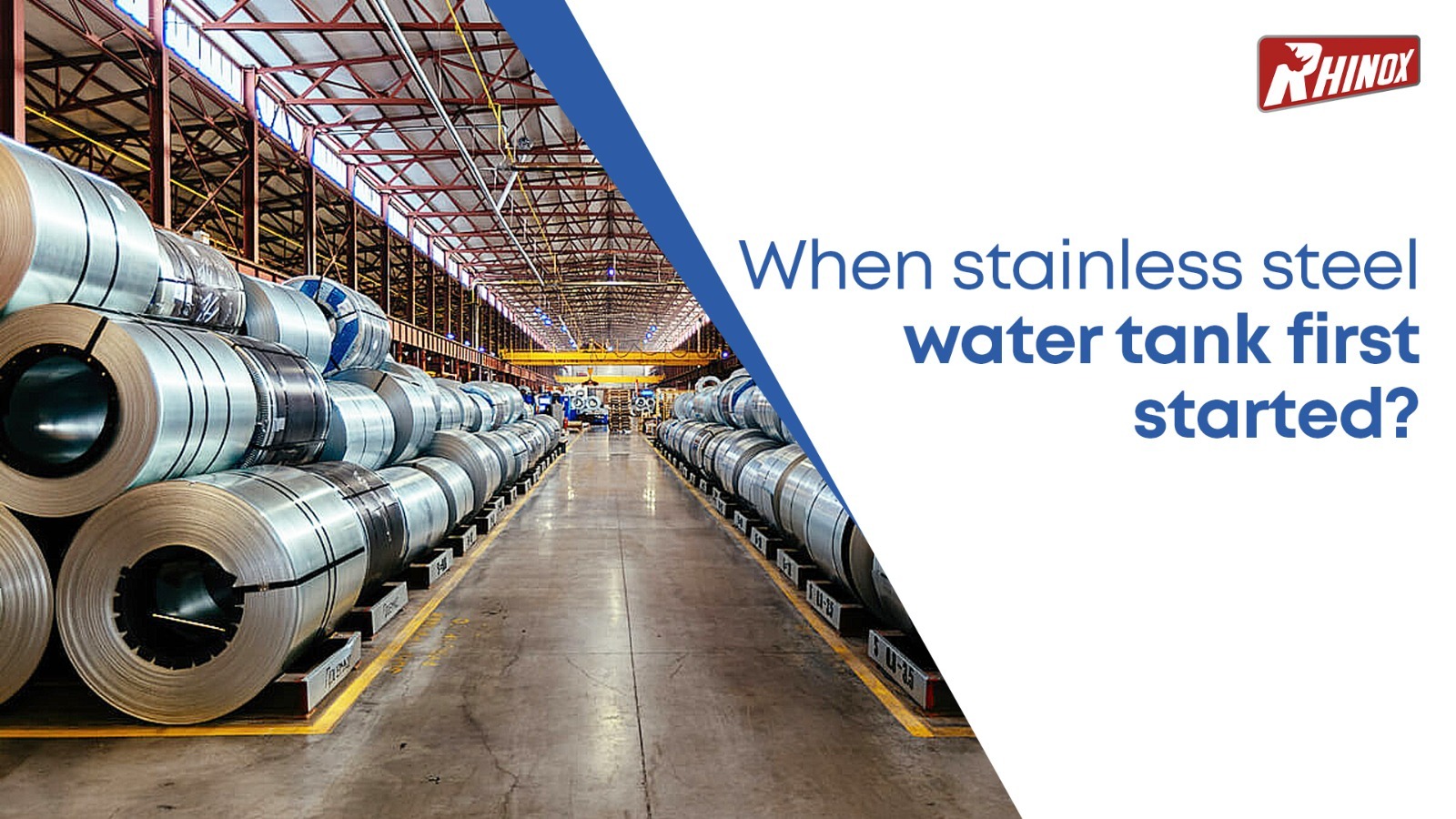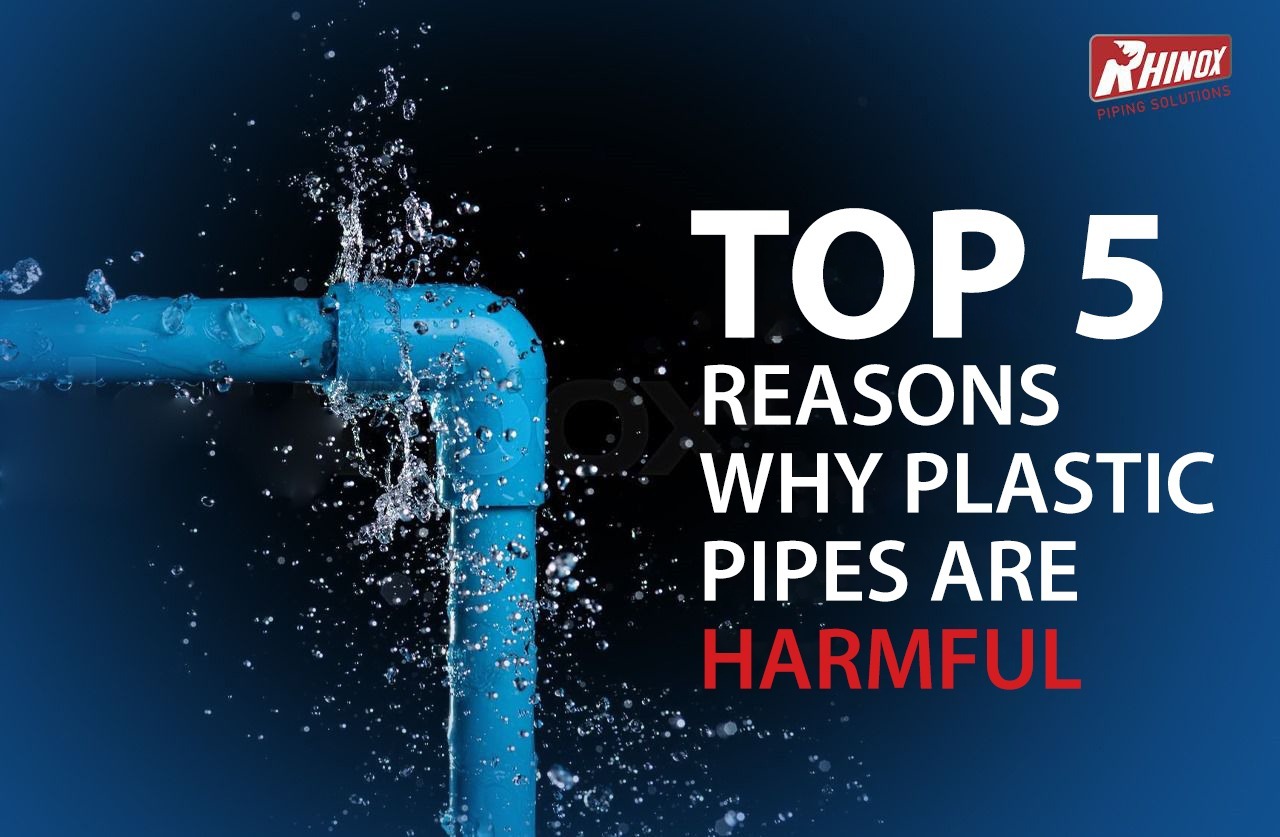
Many people all over the world struggle to get clean drinking water every day. And, the demand for potable water is expected to further increase by more than 50% in the next three decades. The growing consumption of water is also saturating water sources which are already diminishing due to climate change and global warming. In such a scenario, there’s an urgent need to have innovative water conservation techniques. On an individual level too, one must put in extra efforts to conserve and possibly recycle water.
Wastage of potable water is one of the most common problems leading to the loss of this precious resource on a daily basis. Even minor leakage in pipes, faucets and plumbing systems can cause gallons of potable water to go down the drain. Such cracks and leaks not only lead to wastage of water every day but also pose major health risks. Contaminants often enter the water through leaks caused by corrosion and defective plumbing material. It is often expensive to repair or replace old pipes, hence, people put off this task to another day.
Water pipes made from cast iron are highly corrosive and vulnerable to damage. Over time, damage to any section of these pipes can lessen the pressure, allowing contaminants to enter the water.
A solution to this problem is that you either switch to stainless steel pipes or use them as clamps over the damaged area in the cast iron pipes and add a smaller pipe inside the cracked pipe. Stainless steel is an alloy made from iron. It is a combination of different metals and elements that give it strength, durability and ductility. Stainless steel is also recyclable.
Steel is the most common and effective material when it comes to repairing and replacing obsolete cast iron, lead or concrete pipes. This is so because of its durability and resistance to corrosion. It can even withstand extreme temperatures.
The need for the conservation of water is pressing, especially now that freshwater sources are shrinking. While we all should use water judiciously, it is pertinent that we switch to sturdier and safer pipes to avoid leakage and contamination. Some of the ways in which we can introduce steel for preserving water are:
Pressure-reducing valves
A stainless steel pressure-reducing valve controls the pressure in a hydraulic system. This can help save water from being wasted. These valves pre-set the level of water to be used, in turn reducing water consumption.
Water-saving showerheads
A five-minute shower uses nearly 50-70 litres of water! But water-saving showerheads are designed to control the flow rate of water and the spray pattern. This can contribute positively to water conservation.
Water-efficient toilets
Stainless steel low-flow fixtures in toilets increase the velocity of the water instead of the amount.
Contaminated water from corroded pipes is harmful to both the environment and human health. To solve these problems, one must switch to stainless steel pipes and pressfittings. Check out Rhinox at https://www.rhinoxusa.com/ for strong and durable steel fixtures.

- By Rhinox
Recent Blogs

When stainless steel water tank first started?
Earlier, not everyone across the world had around-the-clock seamless access to healthy, potable water. Storing water for days for drinking and other purposes was necessary then. The situation has not changed entirely, even today.

